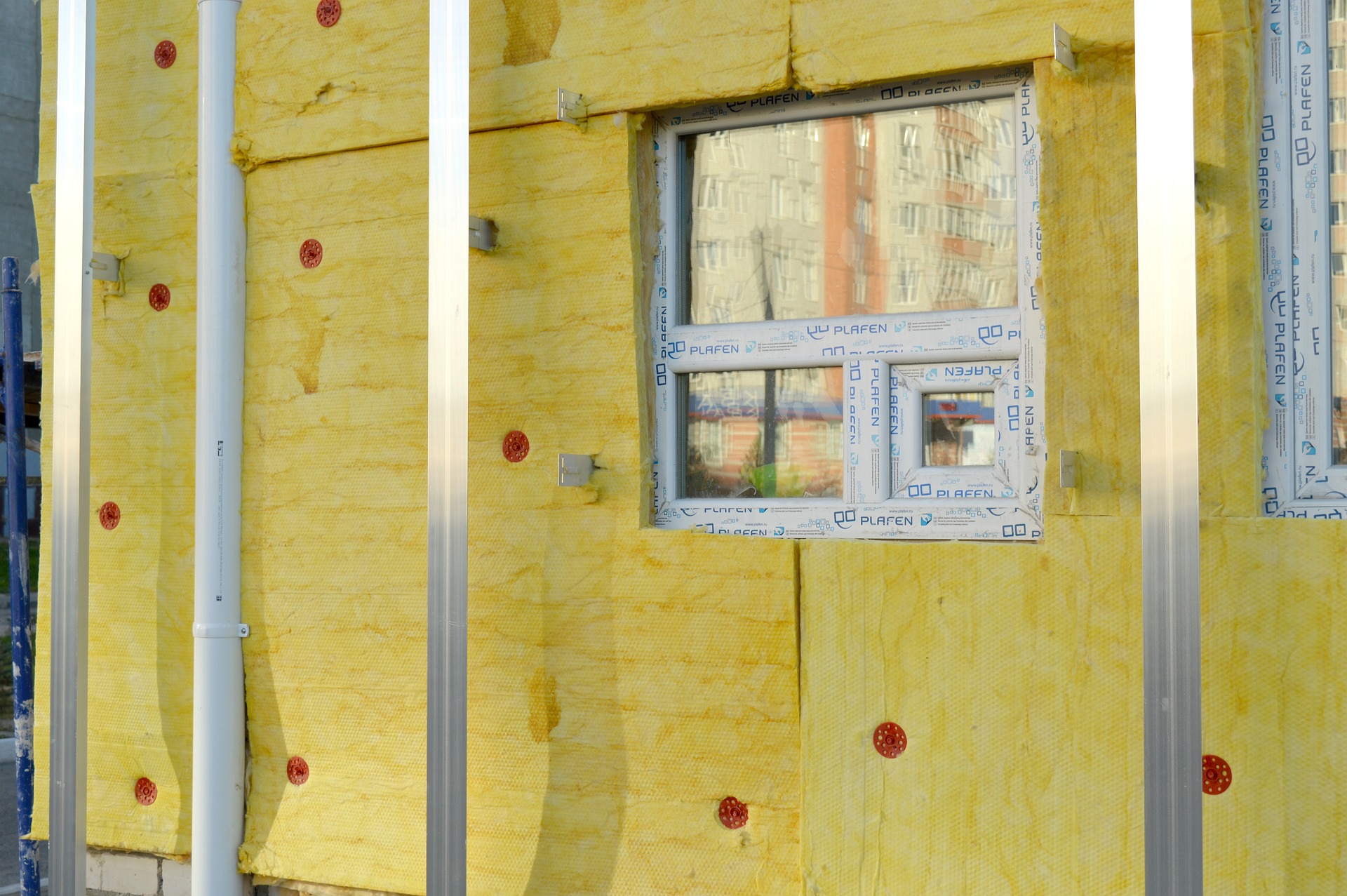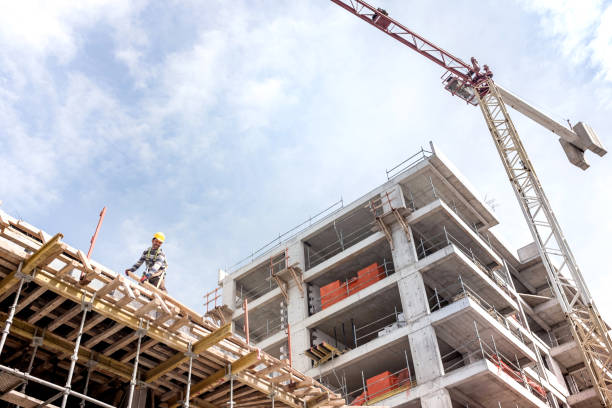Forklifts and Warehouse Operations: Understanding Types, Uses, and Career Opportunities
Forklifts are an essential component of modern warehouse and logistics operations, enabling efficient movement of goods and materials. From compact stackers to heavy-duty warehouse forklifts, understanding the different types and their applications is crucial for safe and productive work environments. This article provides an overview of forklift uses, key features, and operational considerations, as well as insights into career paths related to forklift operation and warehouse roles. Whether you’re exploring the equipment itself or interested in driver positions, this guide offers a clear and practical introduction to forklifts in the workplace.

Types of Forklifts and Their Applications
Forklifts come in numerous configurations, each designed to address specific operational needs and environmental constraints. Counterbalance forklifts, the most common type, feature forks at the front and a weight at the rear to balance loads. These versatile machines work well in general warehouse settings and outdoor yards, handling palletized goods and standard-sized loads with ease.
Reach trucks represent another important category, designed specifically for narrow aisle operations in indoor warehouses. Their extending forks allow operators to retrieve pallets from high racking systems while maintaining a compact footprint. Pallet jacks, both manual and powered, serve as entry-level material handling solutions for moving pallets short distances across flat surfaces.
Order picker forklifts elevate operators alongside their loads, facilitating individual item selection from warehouse shelving. Rough terrain forklifts feature larger tires and enhanced ground clearance, making them suitable for construction sites and outdoor applications where uneven surfaces present challenges. Specialized variants include side loaders for handling long materials like lumber and pipes, and telehandlers that combine forklift functionality with extended reach capabilities.
Safety and Operational Considerations
Operating forklifts safely requires comprehensive training and adherence to established protocols. Operators must complete certification programs that cover load capacity limits, proper lifting techniques, and maneuvering in confined spaces. Understanding the stability triangle principle helps prevent tip-overs, while awareness of blind spots and pedestrian traffic patterns reduces collision risks.
Pre-operational inspections form a critical safety practice, requiring operators to check tire pressure, fluid levels, brakes, steering mechanisms, and safety features before each shift. Load security measures include ensuring proper weight distribution, maintaining clear sight lines, and traveling with forks positioned low to the ground. Speed management becomes particularly important in congested warehouse environments where sudden stops or sharp turns could destabilize loads.
Workplace safety extends beyond operator skill to include proper warehouse layout design, clear signage, designated pedestrian walkways, and adequate lighting. Regular safety audits identify potential hazards, while incident reporting systems help organizations learn from near-misses and accidents. Employers must provide appropriate personal protective equipment and establish clear communication protocols between forklift operators and ground personnel.
Career Opportunities in Forklift Operation
Forklift operation represents an accessible entry point into logistics and warehousing careers. Individuals can obtain certification through vocational schools, community colleges, or employer-sponsored training programs. These courses typically combine classroom instruction with hands-on practice, covering equipment operation, safety regulations, and workplace procedures.
Experienced operators may advance to supervisory roles, overseeing warehouse teams and coordinating material flow. Some professionals specialize in operating specific forklift types or transition into equipment maintenance and repair positions. The skills developed through forklift operation transfer well to broader logistics careers, including inventory management, supply chain coordination, and warehouse management.
The demand for qualified forklift operators remains steady across industries including manufacturing, retail distribution, construction, and shipping. Work environments vary from climate-controlled warehouses to outdoor yards and construction sites. Shift schedules may include day, evening, or overnight hours depending on operational requirements. Professional development opportunities allow operators to expand their certifications across multiple equipment types, increasing their value to employers.
Maintenance and Efficiency in Warehouse Operations
Proper forklift maintenance directly impacts operational efficiency and equipment longevity. Scheduled maintenance programs include daily operator inspections, regular fluid changes, brake system checks, and tire replacements. Preventive maintenance reduces unexpected breakdowns that disrupt workflow and create safety hazards. Maintenance records help organizations track equipment performance, identify recurring issues, and plan for eventual replacement.
Efficiency optimization involves matching forklift types to specific tasks, implementing battery management systems for electric models, and organizing warehouse layouts to minimize travel distances. Telematics systems provide data on equipment utilization, operator performance, and maintenance needs, enabling informed decision-making. Fleet management software helps organizations balance workload distribution across available equipment and identify underutilized assets.
Energy efficiency considerations have grown increasingly important as organizations seek to reduce operational costs and environmental impact. Electric forklifts offer zero-emission operation in indoor environments, while propane and diesel models provide longer run times for outdoor applications. Battery technology advances, including lithium-ion options, extend operational periods between charging cycles and reduce maintenance requirements compared to traditional lead-acid batteries.
Warehouse productivity metrics such as moves per hour, order accuracy rates, and equipment downtime percentages help organizations assess forklift fleet performance. Continuous improvement initiatives may include operator training refreshers, workflow redesign, and technology upgrades. Balancing equipment investment against operational demands requires careful analysis of throughput requirements, growth projections, and budget constraints.
Conclusion
Forklifts remain indispensable tools in modern warehouse and logistics operations, with diverse equipment types serving specialized functions across varied environments. Success in forklift-dependent operations requires attention to safety protocols, proper equipment selection, comprehensive operator training, and diligent maintenance practices. For individuals, forklift operation offers accessible career entry points with opportunities for advancement, while organizations benefit from understanding how equipment choices and operational strategies impact efficiency and safety outcomes. As warehousing and distribution continue evolving with technological advances and changing business demands, forklifts will remain central to material handling strategies that balance productivity, safety, and cost-effectiveness.



